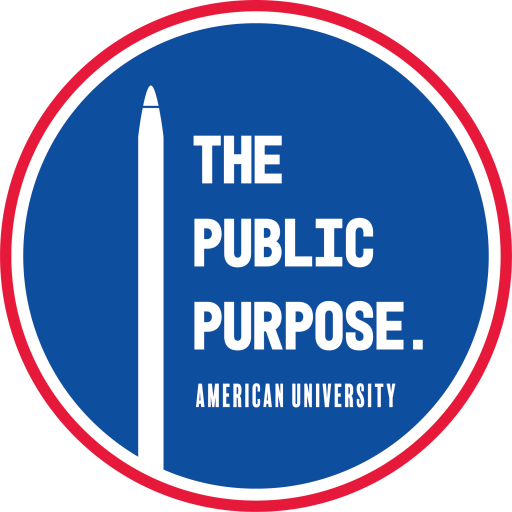If you or someone you know takes prescriptions regularly, you may have noticed some changes in the co-pays of generic drugs over the past few months. The story that Charles Ornstein references in his blog Upshot for the New York Times may be your story as well. He received confusing answers from his insurance company as to why the copay on a prescription doubled from one month to the next, despite the drug being listed as a Tier 1 drug (with the lowest copay) by the insurance company.
This is an unfortunate change to what has been generally a great story for the health care industry. Generic drugs have long been one of the positive aspects in the discussion of the high cost of health care in the United States. It is estimated by the Generic Pharmaceutical Association that from 2003 to 2012, the use of generic drugs rather than brand name drugs saved more than 1.2 trillion dollars.
Insurance Companies Strike Back?
Though the Affordable Care Act intended to lower the high cost of health care in the United States, it appears that generic drugs, a traditional area of savings for consumers, are under threat. According to a recent editorial published in September by the American Journal for Managed Care, health insurers have designated various generic drugs as “non-preferred,” increasing the tier of the drugs and thus increasing prescription costs that people must pay in order to continue their treatments. While some of these increases have come with new drugs like Sovaldi (used to treat Hepatitis C), some older drugs that are considered the “first-line treatment in evidence-based guidelines” for health issues like Human Immunodeficiency Virus (HIV), Parkinson’s, Diabetes, Epilepsy and numerous others also require substantially higher copays.
The AJMC reviewed 6 health insurance plans, including Medicare prescription drug plans, reviewing the coverage policies for ten widely used, generic drugs, and put together a table of the results. There are two plans still offering all of the drugs on a ‘preferred’ tier, but the other plans have mixed results, in some cases offering only ‘non-preferred’ drugs as a treatment for a disease. Placing these drugs in a non-preferred tier due to cost makes these plans inconsistent with accepted guidelines from 2000 on formulary design and management.

A follow-up article by Charles Ornstein suggests that this may be due to the provision in the Affordable Care Act that health insurance companies are no longer able to turn away individuals for health insurance or charge them more due to pre-existing conditions. Adjusting drug coverage provisions is an under-the-radar way for companies to increase medical costs for patients.
Some patients have tools to challenge cost increases. Under Medicare plans (and some other health insurance plans), patients can appeal the drug tier set by the insurance company and request a lower copay. However, seniors (and others) that do not take advantage of this option may opt to skip medications, which studies have shown can occur when the price of prescription drugs rises.
Beyond Insurers: Drug Manufacturing Companies
Does the blame truly lie with health insurers? In October, the New York Times reported that some generic drugs are 1000 times more expensive this year than last year. Representative Elijah E. Cummings and Senator Bernard Sanders are leading an investigation into why this is the case. One example is pravastatin, a drug used to lower cholesterol. The price the hospitals and pharmacies pay rose from $27 in October 2013 to $196 in April 2014. While this may simply indicate a limited supply for a drug, it is possible that there is market manipulation occurring. In recent years, the FTC has targeted one of these tactics known as “pay for delay.” This occurs when a drug company offers a patent settlement to a competitor in exchange for them to hold off on producing generic drugs. An FTC study estimates that this increases costs for consumers by $3.5 billion per year. If it is true that insurance is facing higher prices for generics, then they may be forced to pass along some percentage of the cost to the consumer by moving generics to higher tiers so consumers contribute more out-of-pocket for the cost.
The New York Times originally reported the increase in prices for generic drugs in July 2014. A cardiologist was surprised to have patients begin requesting a different prescription for the heart medication digoxin. This medication has been around for many years, yet the prices have increased greatly. According to the FDA, there was neither shortage of the drug nor a new formula that would explain the increase. However, there was good old-fashioned economics going on. The markets for generic drugs are fiercely competitive, and in 2013 several manufacturers stopped producing this drug, leading to a smaller number of suppliers. One of the companies still producing it increased the price for the drugs, and the others soon followed suit. The financial benefits to the company were clear; for Lannett, the sales of cardiovascular drugs (which includes digoxin) rose from 4.5 million to 16.9 million in a few months.
A typical response from insurance companies in these situations is to require prescribing physicians to complete additional forms so they consider other drugs, or put drugs in higher tiers to require larger patient co-pays.
The conclusion of this saga is no doubt a long way off, but policy approaches should be considered to ensure adequate competition for generics. Meanwhile, as with everything regarding the Affordable Care Act, more investigation is needed to isolate the response of insurance companies to the new law and determine any adverse impacts on consumers.



0 Comments